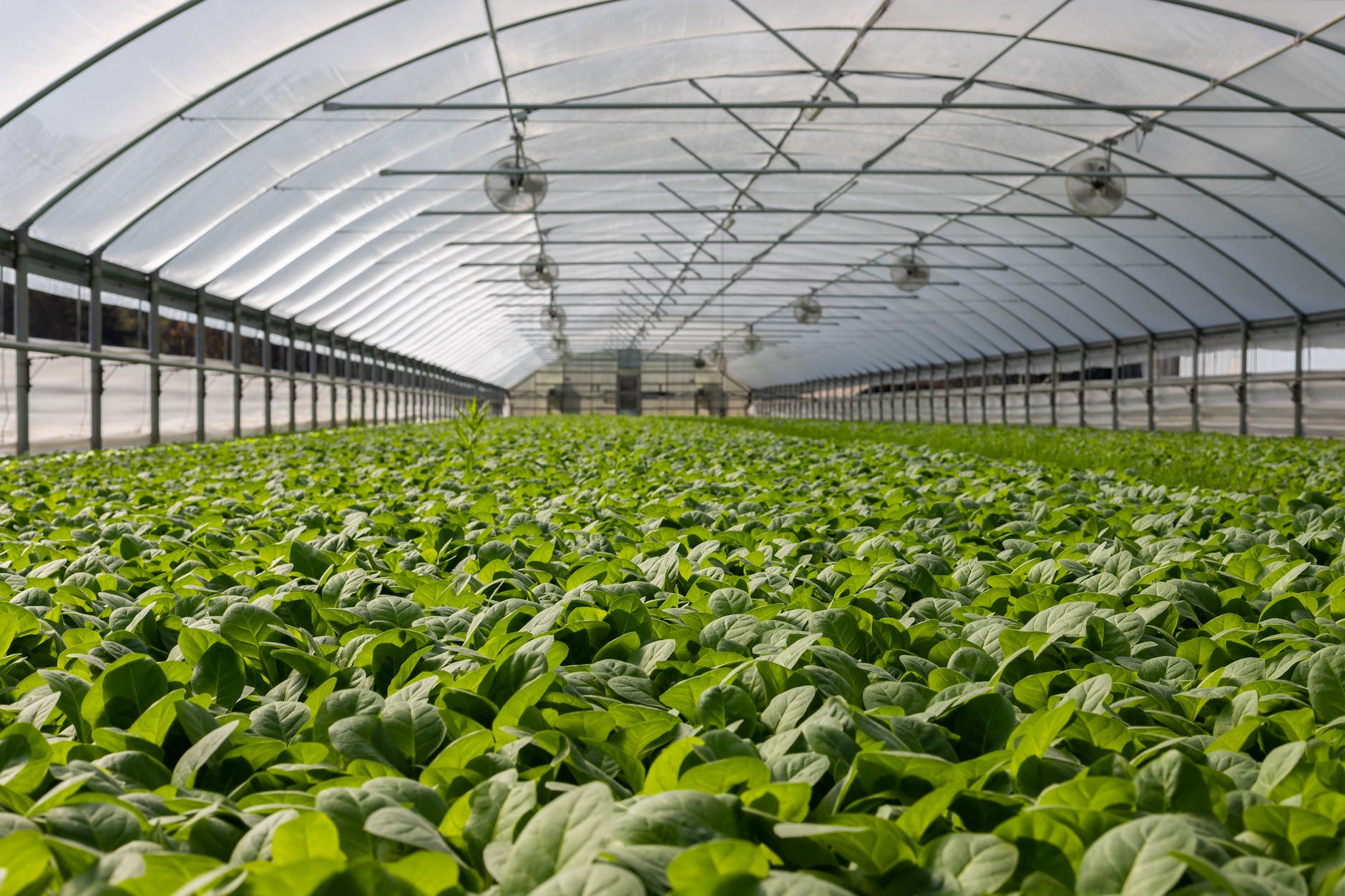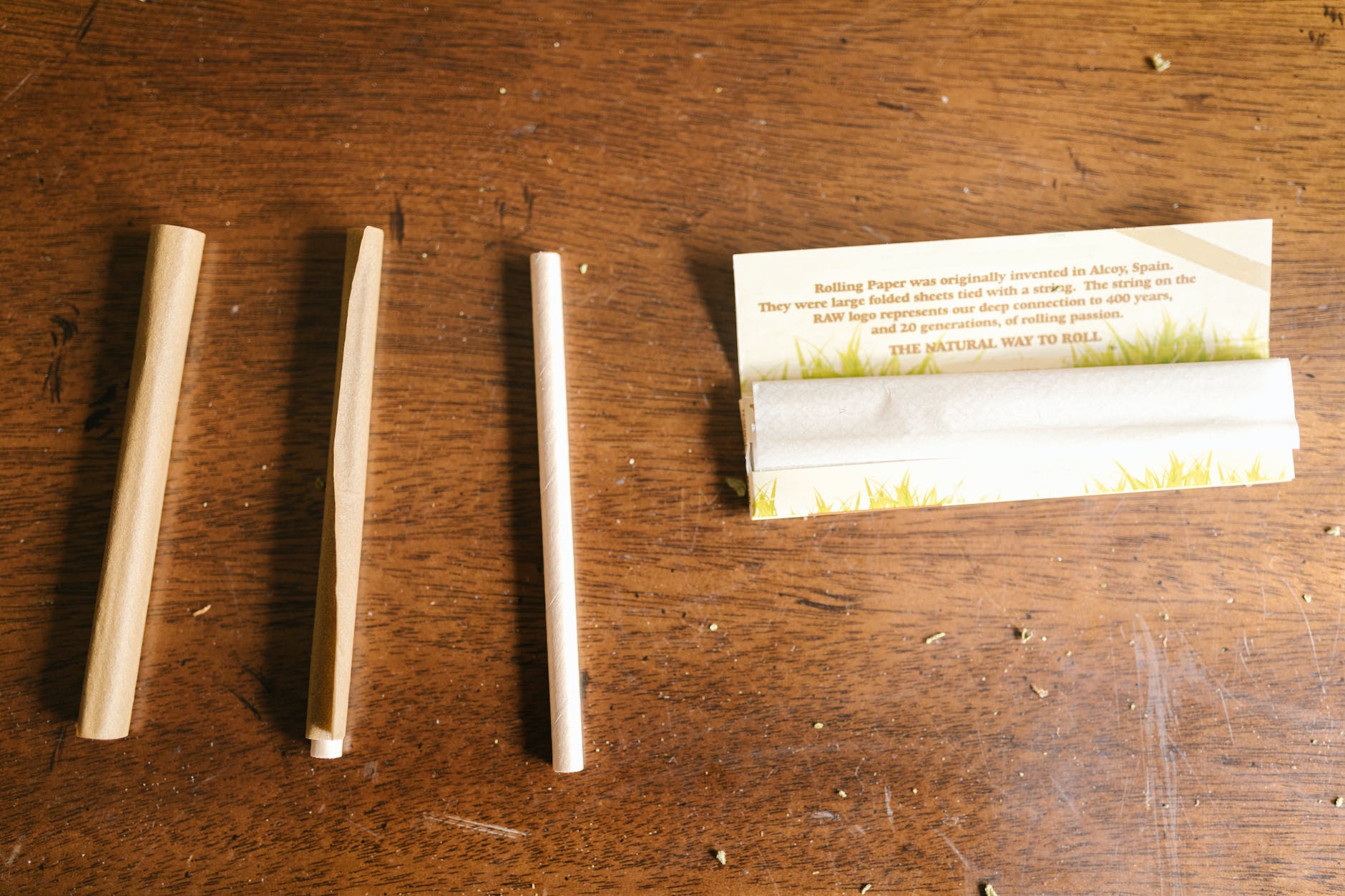For cannabis cultivators, growing the perfect plant is both an art and a science. It involves careful insight into the plant’s needs—especially when it comes to techniques like indoor and outdoor cultivation, soil and hydroponic farming, and harvesting. From basic knowledge to advanced growing methodology, let’s dive into unique cannabis growing techniques that promise better yields and higher quality plants.
Indoor cannabis cultivation often presents more control over factors affecting plant growth. This method typically employs the use of high-quality grow lights, which mimic the sun’s light spectrum, creating an ideal environment for cannabis plants to flourish. The temperature, humidity, and light exposure are all manageable, allowing growers to optimize the conditions at every growth stage.
Outdoor cultivation, on the other hand, allows plants to grow in their natural environment. This type of cultivation generally costs less since it relies on natural sunlight and weather conditions. Careful selection of the strain specific to the local climate, ensuring adequate space for growth, and pruning and training the plants to maximize sunlight exposure can enhance outdoor yields.
An alternative to conventional soil cultivation, hydroponics offers a soil-free method, where plants get nourished by mineral nutrient solutions in an aqueous solvent. Hydroponic systems help evade soil-borne pests and diseases, grant a faster growth rate, and require less water. However, it might require more attention owing to its sensitivity to pH and nutrient levels.
Whether you choose soil cultivation or hydroponics, nutrient management plays a pivotal role in the growing process. Macronutrients (Nitrogen, Phosphorous, Potassium etc.) and micronutrients (Iron, Manganese, Zinc etc.) are the keys to plant health and potency. Regular testing of your growing medium helps identify any deficiencies or excesses, allowing timely correction.
Pests and diseases can pose a significant threat to your cannabis crops. Employing proper pest control measures, like introducing beneficial insects, using organic pesticides, or banking on plant-based repellents, can be instrumental in protecting your plants without employing harmful synthetic products.
The stages of harvesting, drying, and curing are critical in determining the final product quality. Knowing the right time to harvest, using a magnifying glass or a jeweler’s loupe to inspect the color of the resinous trichomes, can greatly influence the potency and flavor of the final product. The drying and curing process should be slow enough to avoid mold and mildew buildup but quick enough to preserve the terpenes and cannabinoids that contribute to the aroma, taste, and effects of the cannabis.
Training and pruning techniques aren’t to be ignored either. Low-stress training (LST) and high-stress training (HST), topping, and fiming are all techniques that can help shape the plant, improve light exposure, and promote denser canopies, thus boosting yields.
Finally, the strain selection can never be undermined. Researching the strain’s genetics and understanding its needs and characteristics helps better align cultivation techniques, whether indoor or outdoor, soil or hydroponics, ultimately resulting in a healthier and more potent harvest.
As the cannabis growing industry advances, emerging technologies and growing techniques continue to evolve. From sophisticated grow lights to automated nutrient systems, technology continues to offer a plethora of opportunities to grow healthier and more potent cannabis. By implementing these techniques, optimizing every aspect of the growing process is feasible, thus promising a higher return on your cultivation investment.
In the end, growing cannabis is a journey of learning, fine-tuning, and persistence. Mastering the art takes time and patience, but with careful attention to these techniques, your pursuit of growing premium quality cannabis plants can become an enjoyable and rewarding practice.
Sources:
Maximum Yield
I Love Growing Marijuana
Grow Weed Easy
Pro Grow Lights

